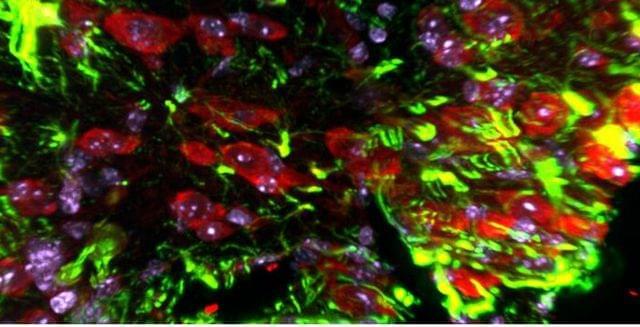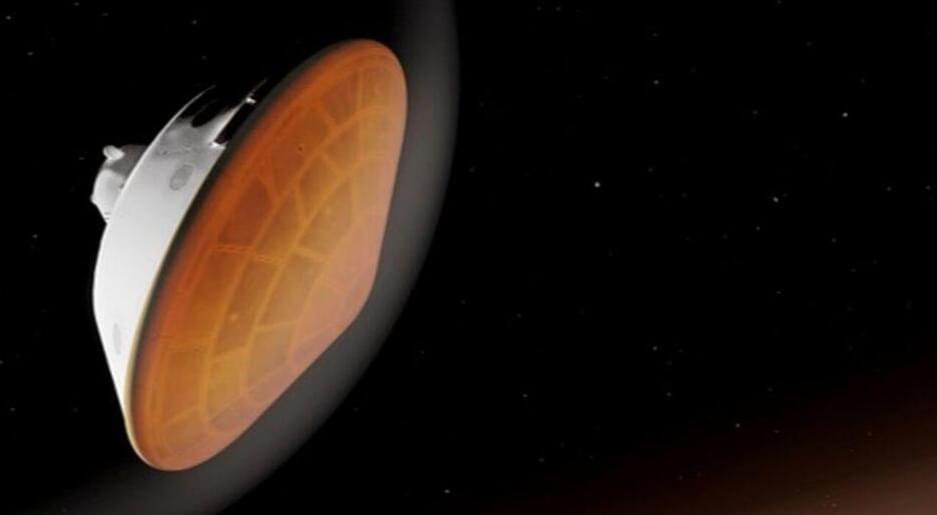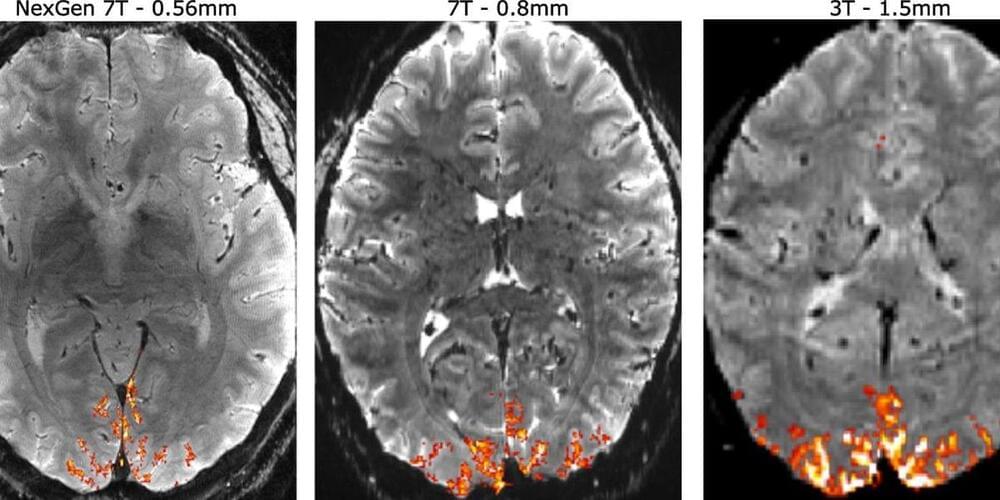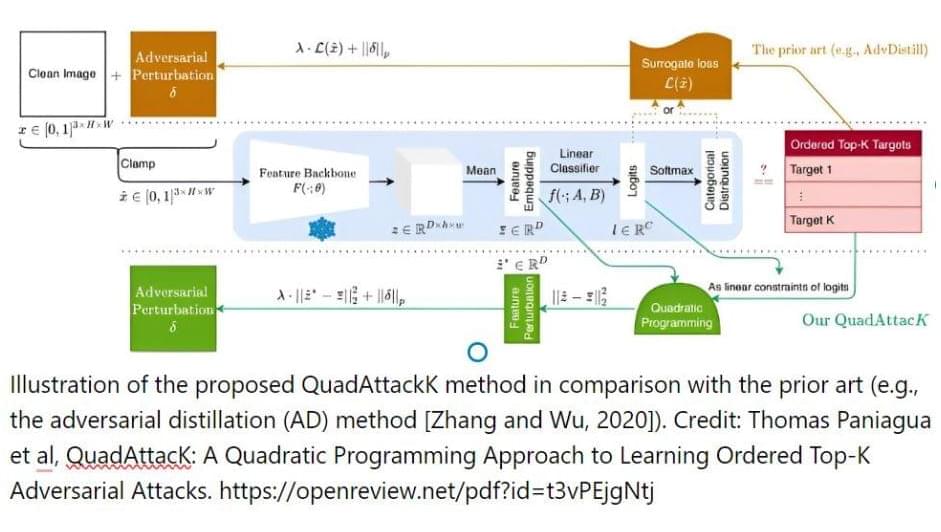Our most advanced text-to-image diffusion technology, delivering high-quality, photorealistic outputs that are closely aligned and consistent with the user’s prompt.
Imagen 2 is our most advanced text-to-image diffusion technology, delivering high-quality, photorealistic outputs that are closely aligned and consistent with the user’s prompt. It can generate more lifelike images by using the natural distribution of its training data, instead of adopting a pre-programmed style.
Imagen 2’s powerful text-to-image technology is available for developers and Cloud customers via the Imagen API in Google Cloud Vertex AI.
The Google Arts and Culture team is also deploying our Imagen 2 technology in their Cultural Icons experiment, allowing users to explore, learn and test their cultural knowledge with the help of Google AI.
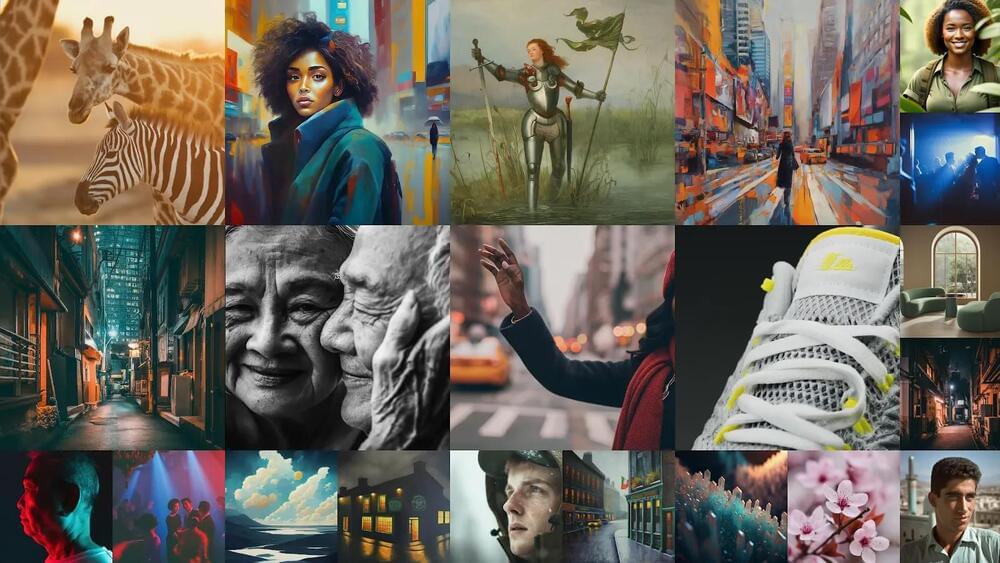


 עברית (Hebrew)
עברית (Hebrew)